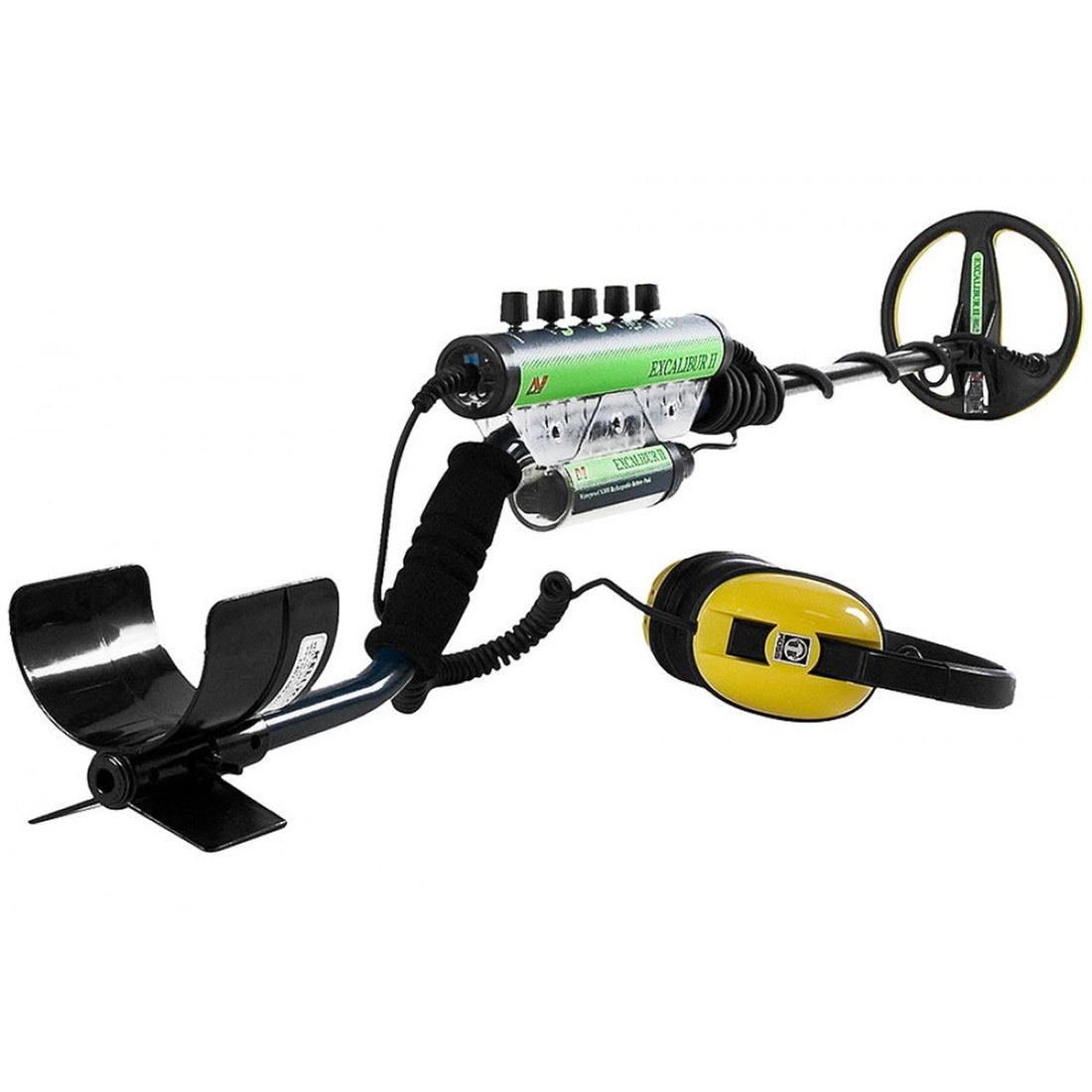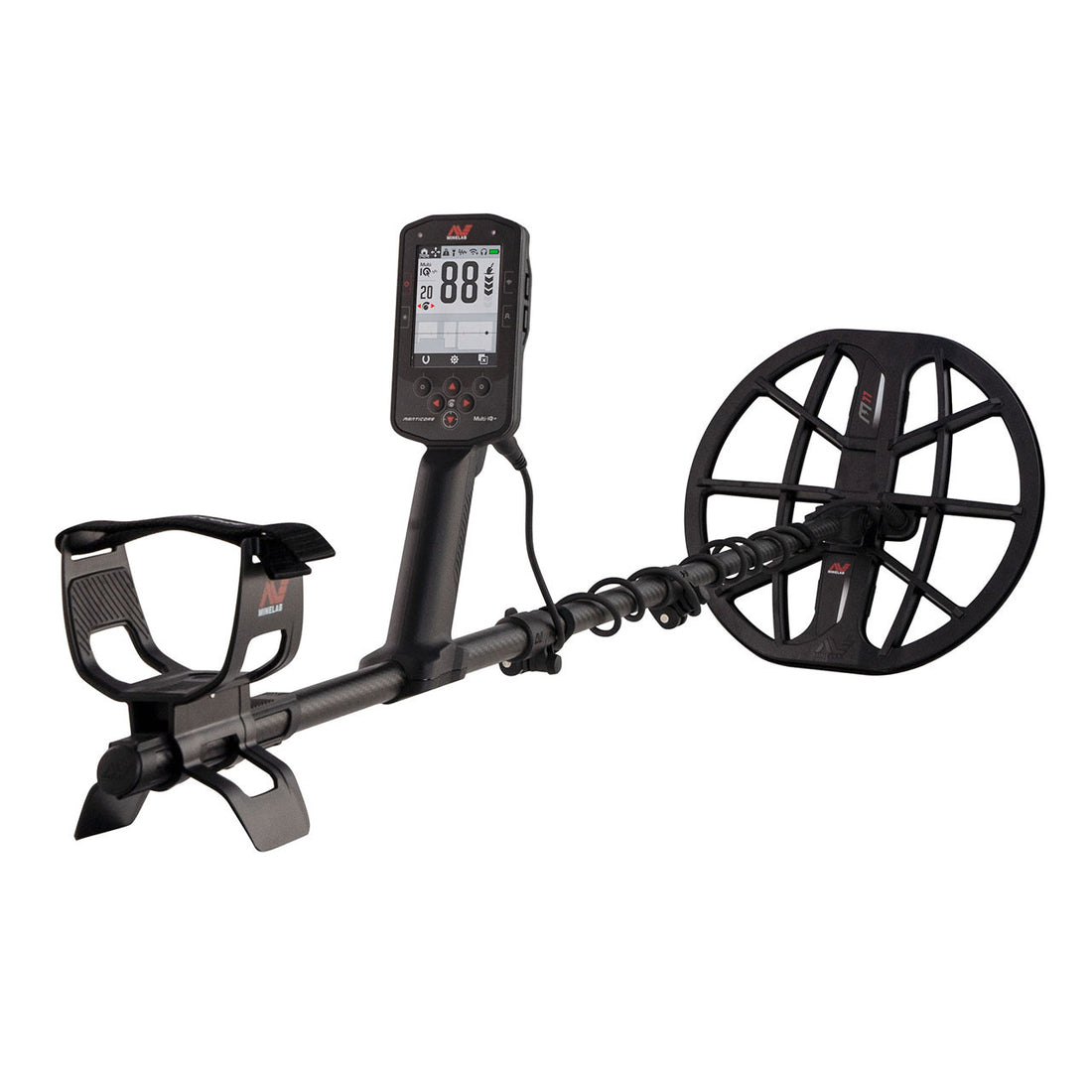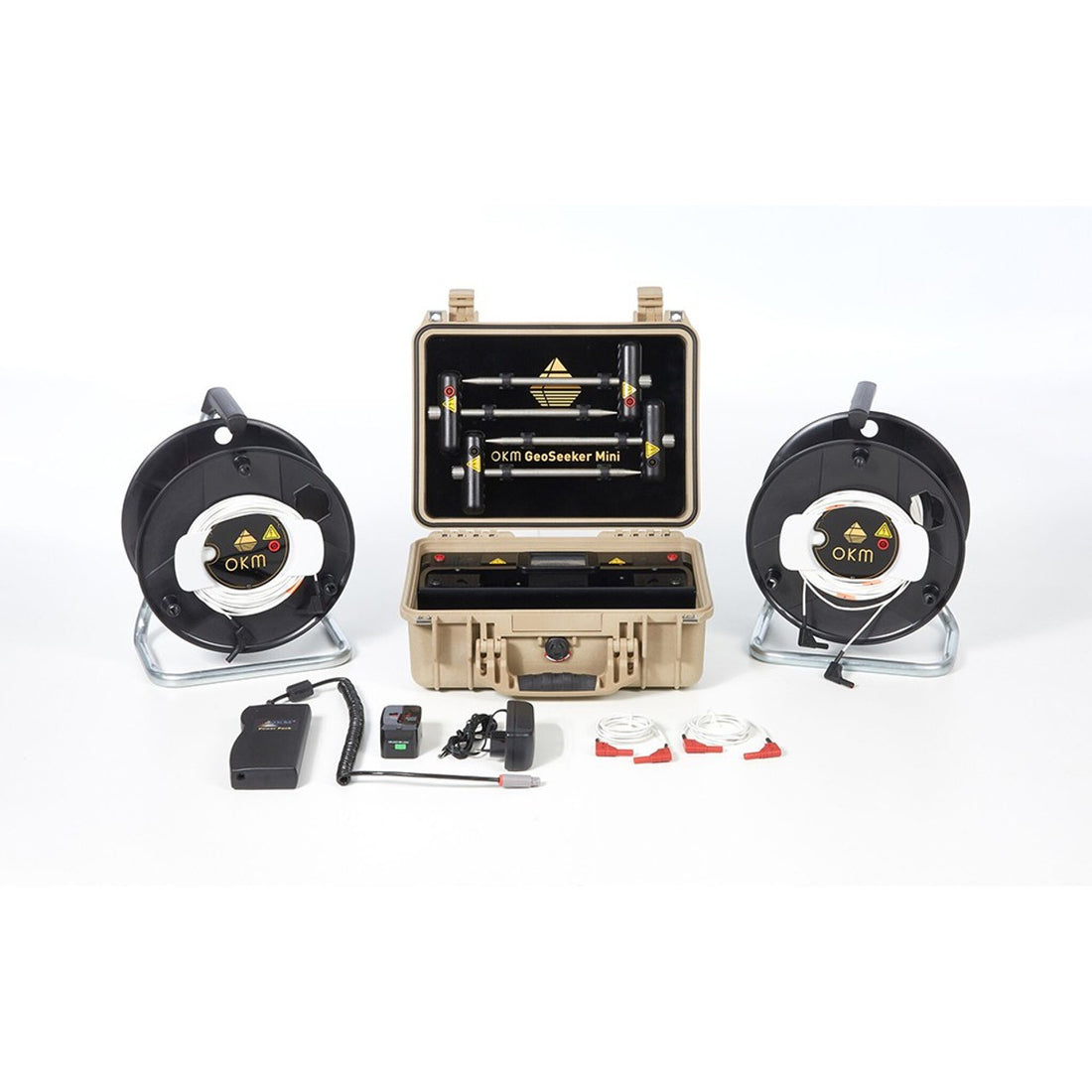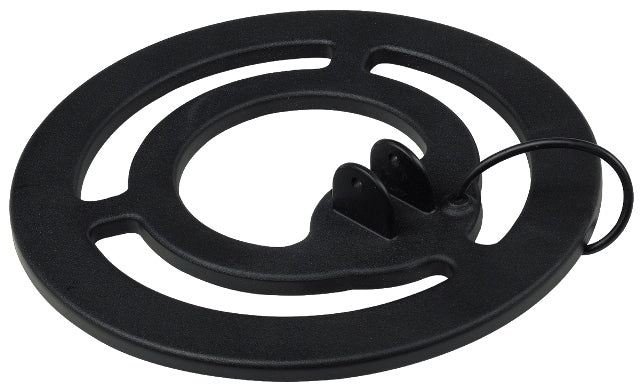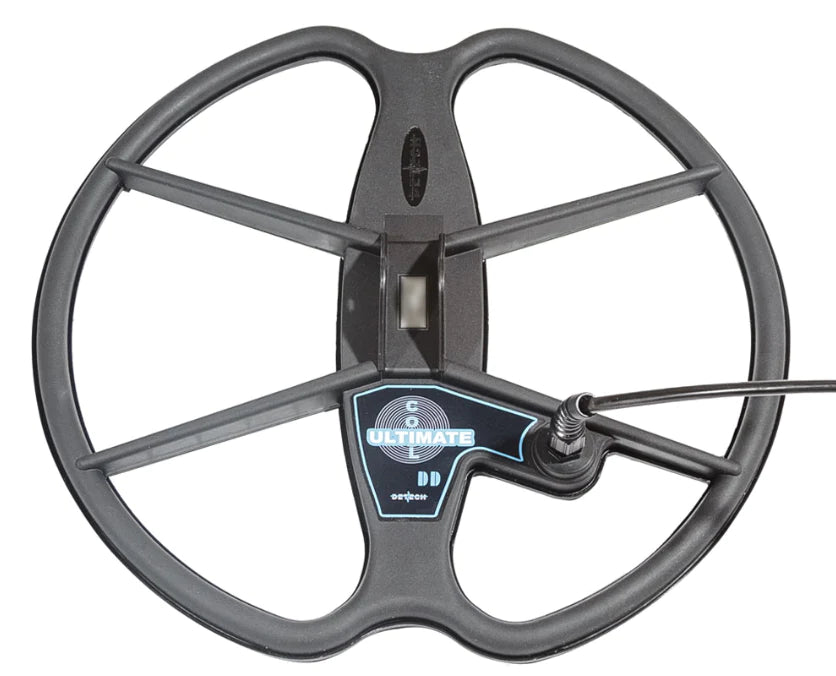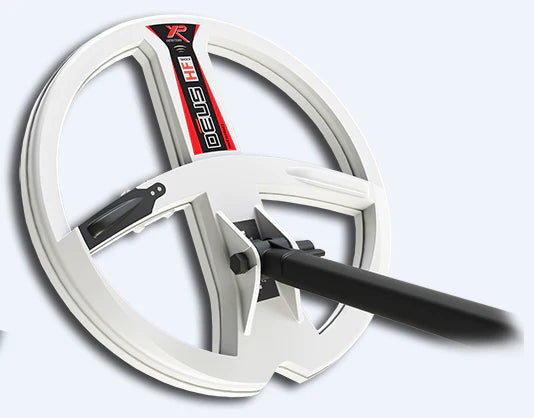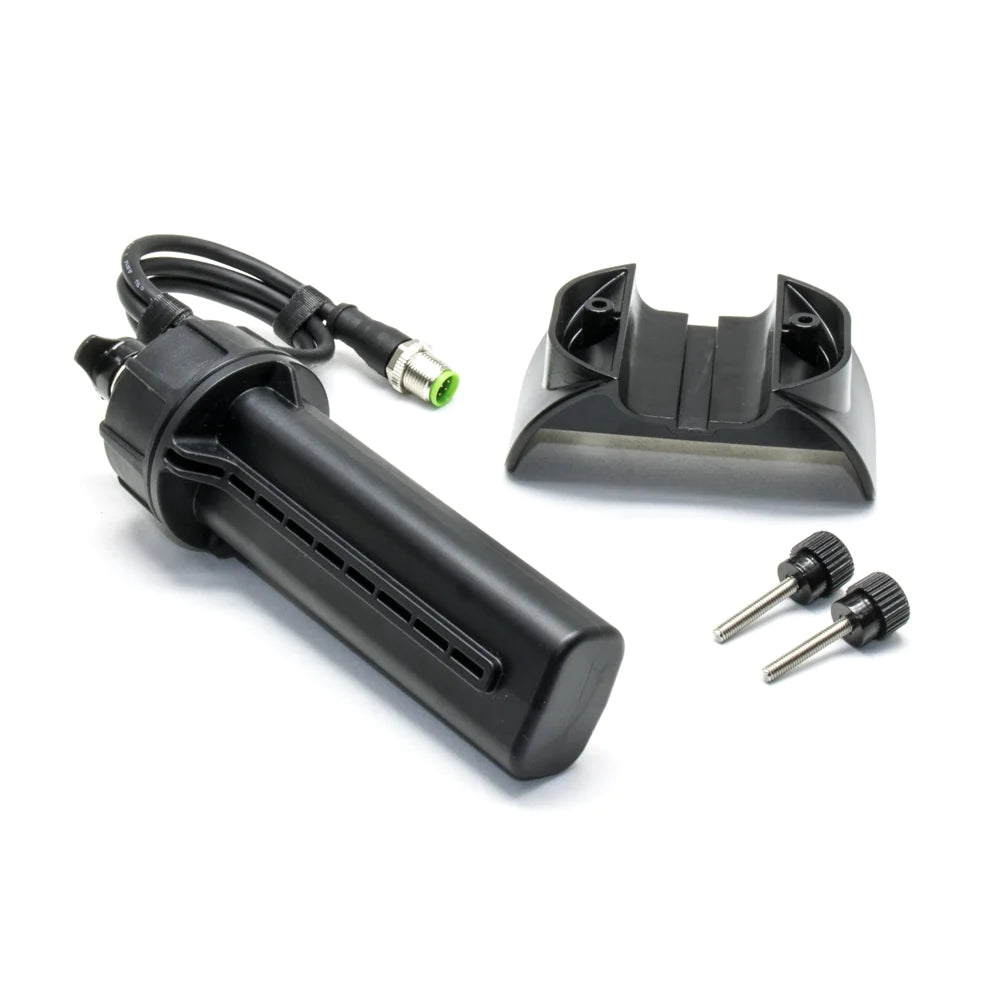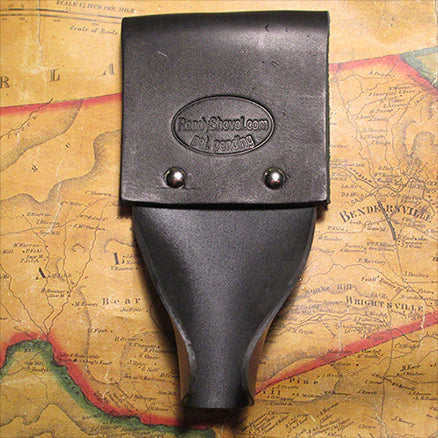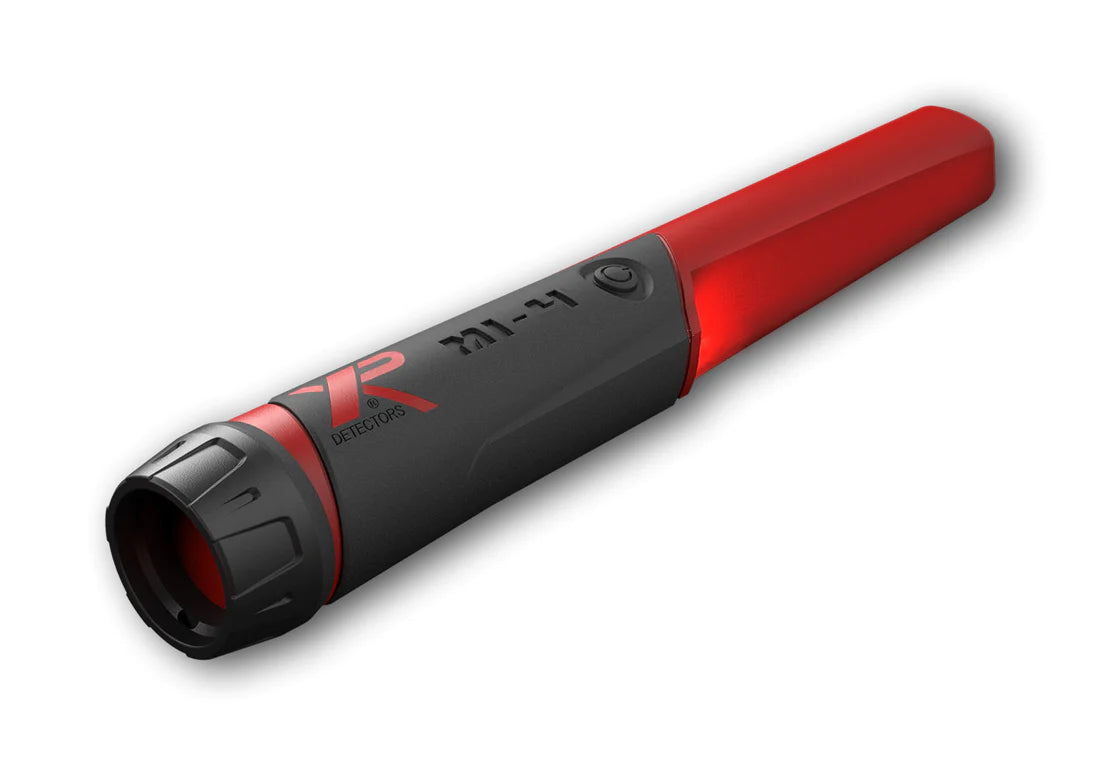Scuba Diving with a Metal Detector
Scuba Diving with a Metal Detector
Discover a Thrilling Sports Adventure!
If you are a recreational scuba diver, you have probably planned at least one vacation around a great dive location. Many divers enjoy the reef and marine life, while others are looking for an adrenaline rush. You will quickly discover that exploring in and around a shipwreck with an underwater metal detector takes scuba diving to the next level. With metal detecting equipment, it is possible to recover rare coins, valuables and ancient artifacts where ships went down decades or even centuries ago. Wreck diving can also include investigating the sites of crashed aircraft. Wreck divers will tell you the underwater search for treasure is exciting, and there is no shortage of potential shipwreck sites in which to explore. However, this hobby does require special equipment and training.
There are two groups of people inclined to enjoy scuba detecting. For those that are already scuba certified; it’s just a matter of purchasing an underwater metal detector and familiarizing yourself with its operation. On the other hand, metal detecting hobbyists who have already had success on the beach and land may want to step up the ante and get some dive training. There are open-water courses available that teach techniques for diving and examining shipwrecks. One enticing reason to take up diving with a metal detector—experts say that the amount of treasure that lies underwater is far greater than treasure located beneath dry land.
Where Can You Shipwreck Dive?
If you will be shipwreck diving in the U.S., Florida offers amazing possibilities for striking it rich underwater. According to state records, between 1,200 and 2,000 sunken vessels can be found in the relatively shallow waters around the coastline. At least 250 of the shipwrecks are believed to have gone down with considerable amounts of gold and silver. Approximately 1,000 shipwrecks are reported to lie off Cape Hatteras, including at least 4 Spanish galleons. The waters off Hatteras also hold dozens of sunken Confederate blockade runners, many of which carried gold and silver. The St. Lawrence River and the Great Lakes are known to hold at least 13,000 wrecks. Other popular worldwide shipwreck sites include the coral reefs of the Caribbean, the Great Barrier Reef in Australia and the ocean surrounding Curacao. Around the world innumerable shipwrecks are waiting to be discovered, each with their own histories and potential cargo treasures.
Best Metal Detectors for Diving
There are a few different types of metal detectors used for scuba and shipwreck diving: pulse induction (PI), very low frequency (VLF) and multiple frequency detectors. Depth detection is what it’s all about when it comes to underwater metal detectors. Comparatively, PI detectors offer many advantages as underwater models. They are typically turn-on-and-go detectors which feature exceptional depth in tough conditions. Pulse detectors are designed to cancel out salt, black sand and other minerals, which results in deep detection depth. PI units pinpoint targets very well. Limited discrimination capabilities (to eliminate junk targets) may be their only downside. Experienced treasure hunters will tell you not to be afraid to dig some junk. The more you dig, the more valuable treasures you will discover. Like all good things in life, successful treasure hunting takes some work. Be sure to read our related article entitled Underwater Metal Detectors – Reviewing the Best Options for more information.
VLF metal detectors are known for readily finding coins, relics and jewelry. They also designed to discriminate out junk targets while still detecting treasure. VLF models can provide fancier displays and audio target identification capabilities than their PI counterparts. When properly set, these units can accomplish great depth of detection. They are more sensitive to mineralization in the water than PI detectors and will require ground balancing to reduce the effects of these minerals. They are extremely practical for all-purpose treasure hunting. We offer a wide variety of underwater metal detectors for all of your underwater adventures.
Underwater Search and Recovery
For initially locating a shipwreck, underwater search and recovery equipment is necessary. In going after sunken wrecks, a magnetometer is an important basic instrument. Magnetometers are designed to locate iron and steel at greater depth. They compare the intensity and direction of one magnetic field to one another. By the time divers locate a wreck; it has long since deteriorated—leaving only a few metal guideposts as evidence or points or reference. This can consist of anchors, cannonballs, weaponry, etc. Magnetometers can be towed over the bottom behind and below a boat, allowing them to cover large areas of sea floor in short periods of time.
Once a shipwreck has already been located, helpful devices include pingers and pinger receivers. They mark the location of the shipwreck, so you can easily return at a later time for additional recoveries. The pinger is the device that sends out the signal; the pinger receiver is used to locate the pinger at a given time in the future. Read more detailed information about the best underwater metal detectors and metal detectors for underwater salvage, search and recovery. We also offer a wide variety of metal detecting gear for Marine Search and Recovery operations.
Copyright 2012 Detector Electronics Corp.

